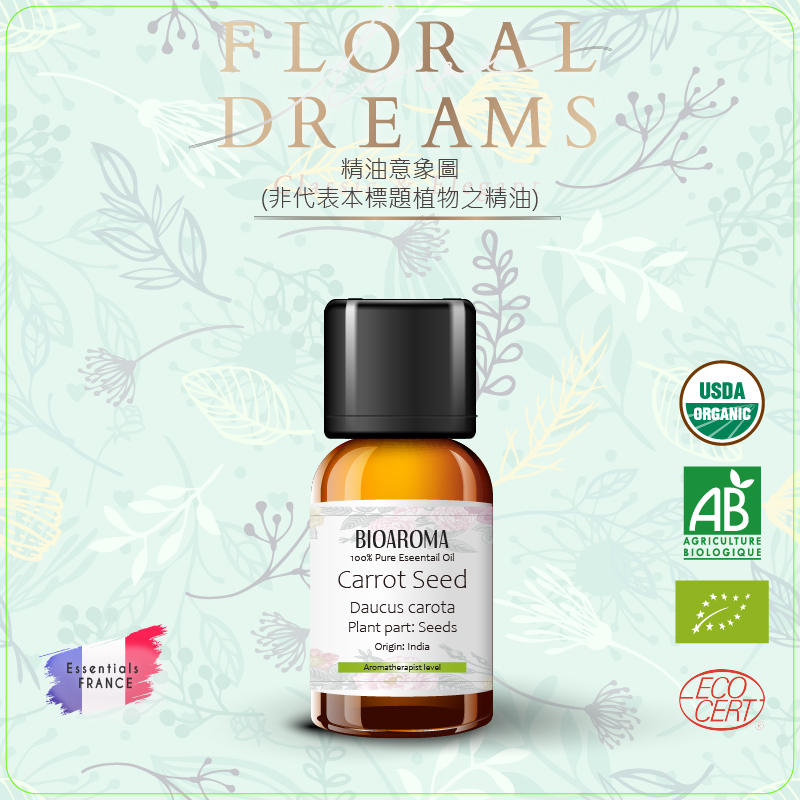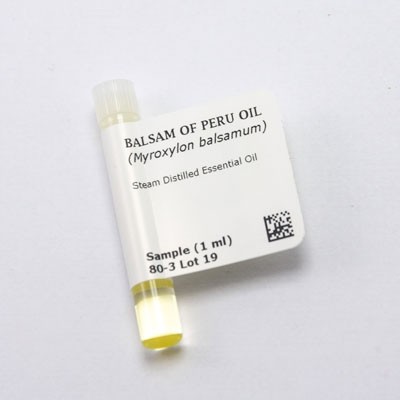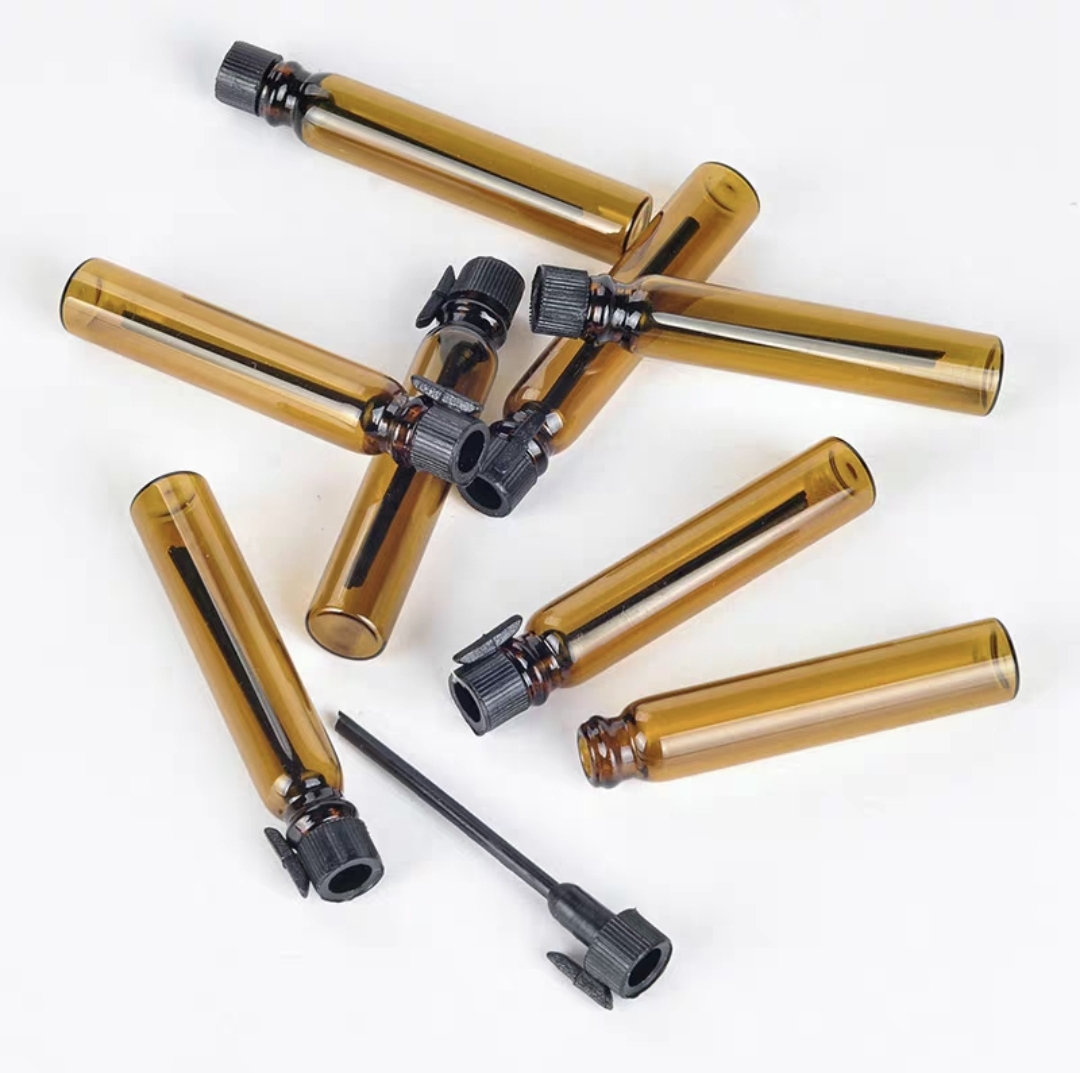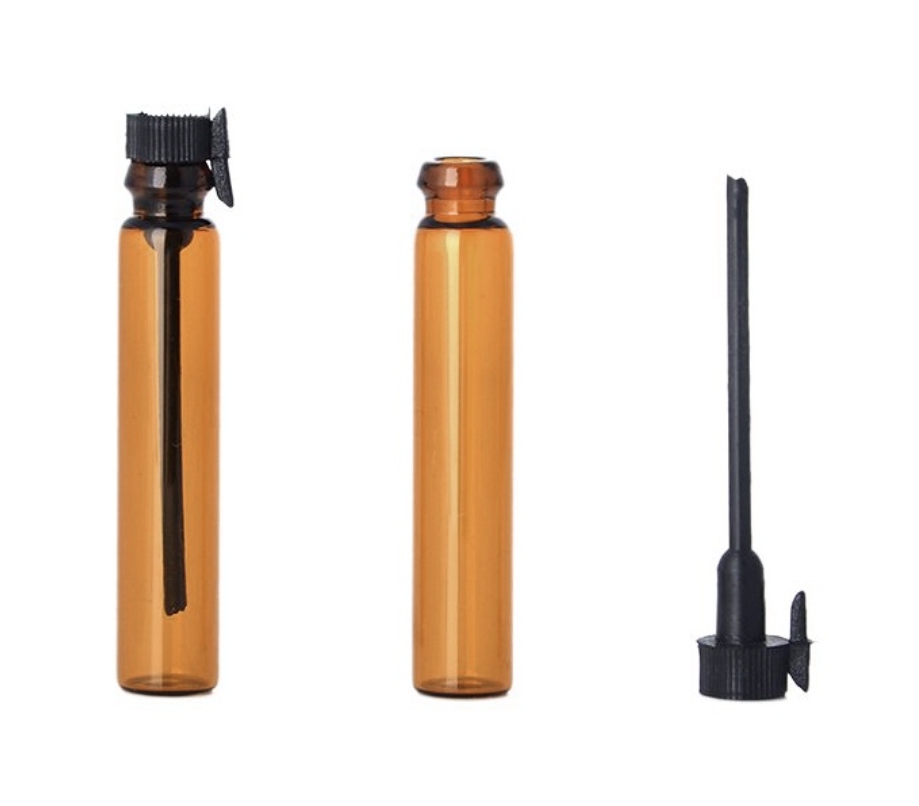各種精油資料查詢
https://www.hydrosols.com/shop//shop.php?html=faq&Fid=20026
https://www.hydrosols.com/shop/shop.php?html=faq&Fid=20027
純露單方應用(限會員) https://www.hydrosols.com/shop//shop.php?html=faq&Fid=10058
純露症狀配方(限會員) https://www.hydrosols.com/shop//shop.php?html=faq&Fid=10057
植物圖書館(限會員) https://www.hydrosols.com/shop//shop.php?html=faq&Fid=10040
Overview Copaiba Balsam Our Copaiba Balsam has a somewhat sweet, mild, soft woody, slightly spicy-peppery aroma with modest tenacity. It is known as one of the most inexpensive natural fixatives; indeed, its main use in perfumery is for that purpose.1 However, its lengthy history of use by indigenous peoples is rich and extensive, portraying a veritable host of applications.
The stately Copaibas are impressive, densely branched, leguminous trees found mainly in South America with more than 35 species that have adapted to the continent’s unique terrain. When tapped, in the same manner as Sugar Maple trees, they yield a thin, clear and colorless oily resin that thickens and darkens upon contact with air. The balsamic resin, similar in consistency to Sandalwood oil, is collected for several days after which the tap is removed and the hole sealed with clay; the tapped trees are left to rest for three years between extractions. The abundant resin (up to 40 liters annually2) may be filtered for use as lamp oil or as fuel for diesel engines, hence the nickname ‘diesel tree’. Copaiba Balsam is preferred by some to the distilled oil, as it doesn’t require branches or whole trees to be cut, but more importantly, it contains vital diterpenes that do not appear in the essential oil.
The balsamic oil of Copaifera langsdorffii (Copaiba) is composed primarily of the heavier sesquiterpene and diterpene hydrocarbons, and the dominant compound, beta-caryophyllene. It is well suited in formulas for chest and muscle rubs, calming massage blends, skincare and aftershaves, or as a versatile fixative middle to base note in perfumery.
For information regarding the attributes of Copaiba Balsam, please see:
375 Essential Oils and Hydrosols, Jeanne Rose, 1999, p. 71. Gattefossé’s Aromatherapy, Rene-Maurice Gattefossé, 1993, pp. 24, 31-33, 71, 76. For information regarding the use of Copaiba Balsam in perfumery, please see:
"Chapter 1 – Copaiba – Firmenich Naturals Together," (author unknown), https://vimeo.com/137573750 Aromatic Profile: Somewhat sweet, mild, soft woody, slightly spicy-peppery aroma with modest tenacity.
Appearance: Colorless to very pale yellow, semi-viscous, mobile liquid. May cause cloudiness when diluted with alcohol; left undisturbed, this will clarify in a day or two with a small amount of sediment at the bottom. The clear portion can be decanted for filtering if desired.
Use: Aromatherapy, Natural Perfumery.
Blending Suggestions: Dilute and add drop by drop to your blends until the desired effect is achieved.
Blends Well With: Amyris, Angelica, Benzoin, Black Pepper and most spice oils, Cardamom, Cedarwood, Chamomile, Clove, Coriander, Elemi, Fir, Balsam Absolute, Frankincense, Geranium, Ginger, Jasmine, Juniper Berry, Lavandin, Lavender, Lemon, Liquidambar (Styrax), Litsea Cubeba, Manuka, Mimosa, Niaouli, Nutmeg, Oakmoss, Opopanax, Orris, Patchouli, Pine, Ravensara, Sandalwood, Spruce, Tansy, Thyme, Tonka Bean, Turmeric, Vanilla, Violet Leaf, Ylang Ylang. “Copaiba balsam blends well with cinnamic alcohol, styrax [Liquidambar], amyris oil, coumarin [found in absolutes of Fir Balsam, Lavender, Tonka Bean, etc.], lavandin oil, cedarwood oils, ionones [found in Orris, Violet Leaf Absolute], … and numerous other common perfumery materials. It is often used as a fixative in low-cost violet and wood perfumes, for lavender or fougères in detergent perfumes, industrial perfumes, etc.”3
Safety Considerations: None known.4 Dilute before using. A patch test should be performed before use for those with sensitive skin.
1 Arctander, Steffen. Perfume and Flavor Materials of Natural Origin, 1960, pp. 190-1.
2 https://link.springer.com/article/10.1007/BF00450661
3 Arctander, Steffen. Perfume and Flavor Materials of Natural Origin, 1960, p. 190.
4 Tisserand, Robert and Rodney Young. Essential Oil Safety, 2nd ed., 2014, p. 259.
1ml 5ml 10ml 30ml 100ml
使用純露的注意事項
關於氣味:
純露是純天然蒸餾產物,會散發著植物的草本氣味,沒法和那些添加了香精的護膚品相比,甚至可能有“酸酸的”味道。這是正常現象,並非產品質量問題。可以放心使用。
純露保存期:
純露是比較穩定的,加上出廠的時候會在嚴格的消毒條件下灌裝,所以在不開封的前提下,只要正常存放,可以按標示的保質期來使用。
保存方法:
放置於陰涼乾燥的地方,避免陽光照射。使用後要蓋緊瓶蓋,避免純露內有效成分揮發。
瓶內有“東西”:
如果是聚合物/絮狀物,搖一搖會散開,就是正常現象。
使用純露的注意事項
關於氣味:
純露是純天然蒸餾產物,會散發著植物的草本氣味,沒法和那些添加了香精的護膚品相比,甚至可能有“酸酸的”味道。這是正常現象,並非產品質量問題。可以放心使用。
純露保存期:
純露是比較穩定的,加上出廠的時候會在嚴格的消毒條件下灌裝,所以在不開封的前提下,只要正常存放,可以按標示的保質期來使用。
保存方法:
放置於陰涼乾燥的地方,避免陽光照射。使用後要蓋緊瓶蓋,避免純露內有效成分揮發。
瓶內有“東西”:
如果是聚合物/絮狀物,就是正常現象。
精油保存方式
- 精油一定要存放在具有遮光效果的深色玻璃瓶中,減少紫外線的照射。
- 勿用塑膠瓶存放精油,會破壞精油品質。
- 台灣天氣潮溼,精油開封後請盡早使用完。
- 可置木盒存放,確保精油品質。
- 勿將精油存放於潮濕環境或直接曝曬陽光下,以避免精油變質。
- 精油要放置乾燥、陰涼的地方,於25℃常溫下環境(精油無須存放冰箱)。
- 為了避免幼童誤食或誤用,請存放在幼童不容易拿到的地方。
精油注意事項
- 精油限外用不得口服。
- 不可高劑量且經常使用。
- 請放置於幼童不易拿取之處。
- 體質敏感者,使用前先進行敏感測試。
- 眼睛、內耳及黏膜部位切勿接觸精油。
- 精油的揮發性高,使用後請將瓶蓋轉緊。
- 請勿混用不同廠牌精油,以確保精油效果。
- 芳香調理方式建議由專業芳療師指導使用。
- 精油建議勿使用過量,避免導致反效果,甚至對身體造成過大負擔。
- 氣喘患者建議不要採用蒸汽吸入法,請用作調養,不要在發病時使用。
- 精油易受到光和熱而影響到品質,請將精油放入遮光瓶中並在冷暗場所保管。
- 避免使用塑料、易溶解或油彩表面的容器稀釋精油,請使用玻璃、不鏽鋼或陶瓷器稀釋。
- 蠶豆症、低/高血壓、癲癇患者及孕婦、嬰幼兒請勿使用。如需使用請先參考相關資訊或是請教專業醫師。
TEST222





